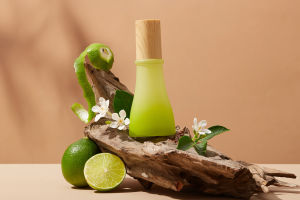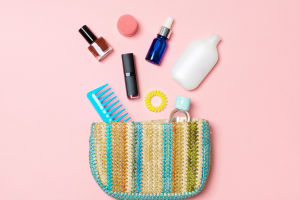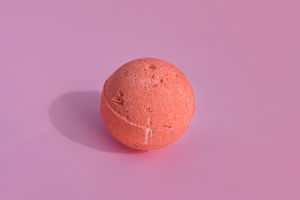Dear Lykkers! Aloe vera has long been hailed as a natural remedy for soothing irritated skin and promoting healing. Its gel, packed with vitamins, antioxidants, and anti-inflammatory properties, is often applied to burns, cuts, and various skin irritations.
While it’s true that aloe vera can be a powerful aid in skin repair, improper use can sometimes lead to unexpected reactions like allergies or irritations.
The Benefits of Aloe Vera for Damaged Skin
Soothing Burns and Irritations: Aloe vera is most famous for its ability to soothe sunburns and minor burns. The gel acts as a natural cooling agent, reducing redness and discomfort. It also helps to hydrate the skin, preventing further damage from dryness.
Promoting Wound Healing: Thanks to its natural antibacterial and anti-inflammatory properties, aloe vera speeds up the healing process of minor wounds and cuts. It can also reduce scarring by encouraging healthy cell regeneration.
Moisturizing Properties: Aloe vera is rich in water content, making it an excellent moisturizer. Applying aloe vera gel to damaged skin helps to restore hydration and prevent further irritation caused by dryness.
Risks of Using Aloe Vera: Allergic Reactions
Despite its many benefits, aloe vera is not suitable for everyone. While most people can use it without any issues, others may experience allergic reactions, especially when used improperly or on sensitive skin.
Allergic Contact Dermatitis: For some individuals, applying aloe vera gel can cause redness, itching, or a rash. This condition, known as allergic contact dermatitis, can occur when the skin reacts negatively to the plant's compounds.
Overuse of Aloe Vera: Applying too much aloe vera or using it on severely damaged skin can sometimes lead to irritation. Although it's generally safe, the gel contains certain enzymes that might aggravate an existing skin condition or cause a sensitivity reaction in some people.
Tips for Safe Aloe Vera Use
To maximize the benefits of aloe vera while minimizing the risks, follow these essential tips:
Test Before Use: Before applying aloe vera to a large area of damaged skin, always perform a patch test. Apply a small amount of gel to your inner arm and wait 24 hours. If no irritation occurs, it’s likely safe to use on a larger scale.
Use Pure Aloe Vera Gel: Opt for 100% pure aloe vera gel or, better yet, extract the gel directly from a fresh aloe vera leaf. Many over-the-counter products contain additives and preservatives that can irritate the skin.
Avoid Sensitive Areas: Avoid using aloe vera on open wounds, broken skin, or around sensitive areas like the eyes. The gel is more suitable for minor burns, cuts, and sunburns rather than severe injuries.
When to Stop Using Aloe Vera
It’s crucial to know when to discontinue the use of aloe vera:
Stop if Irritation Occurs: If you experience any signs of redness, itching, or swelling after applying aloe vera, discontinue its use immediately. Wash the affected area with cool water and apply a soothing cream if necessary.
Consult a Dermatologist: If you are prone to allergies or have particularly sensitive skin, it’s wise to consult a dermatologist before using aloe vera as a treatment. They can help determine if it’s safe for your skin type.
Aloe vera can be a soothing solution for damaged skin, but it’s essential to use it with caution. Improper application or overuse can lead to allergic reactions, making a bad situation worse. Always test aloe vera on a small patch of skin before using it extensively, and if in doubt, consult a professional to ensure it’s the right remedy for you.


